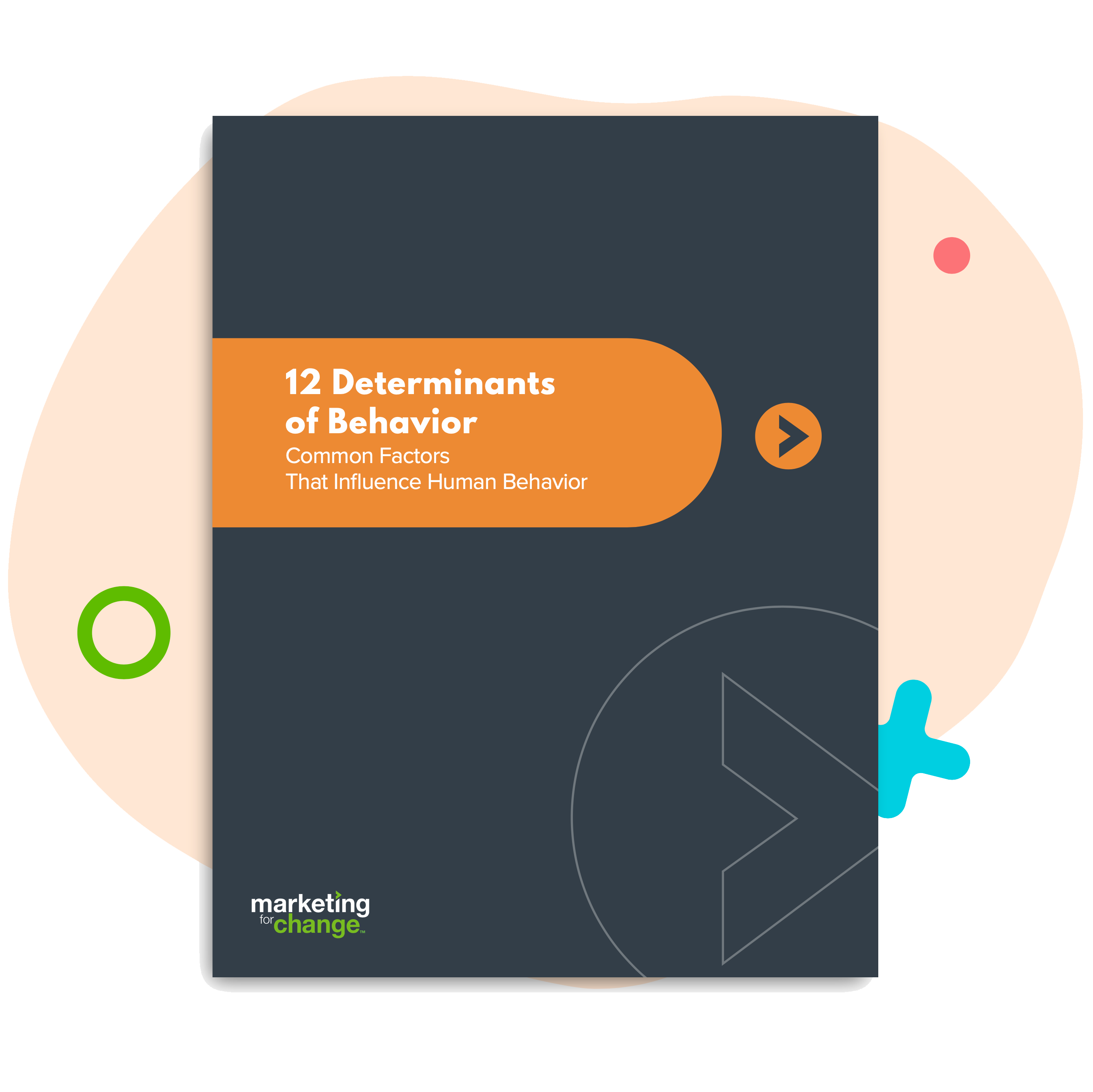
Nutrition Nagging on Grocery Receipts – Is This a Good Idea?
Your mom nagged you. Your spouse nags you. Waves of advertising tell you the same thing. Now, there’s a yet another potential source of finger-wagging when you buy the stuff that makes you fat – your grocery receipt.
Fast Company reports this month that a designer in London is suggesting adding a graphic ranking the nutritional value of your purchases to the bottom of grocery receipts. The bright and snappy graphic would attempt to do for grocery lists what the Fitbit does for exercise.
Would it help?
On the negative side, there’s the fact we already have this information on every individual item, and it’s not keeping us from picking up double-stuff Oreos or full-calorie Gatorade. Would seeing the collective impact be that much different? On the positive side, maybe the receipt could also show your position relative to community norms – that is, how are you doing compared to others who shop at the same store. Seeing how you compare with your neighbors has worked for energy use. Why not nutrition?
It’s all possible. Everything being bought is being tracked anyway and all foods and beverage nutrition information is already known and published. What’s more interesting though is that this data is already being used to change behavior. Nutrition labels are what’s behind the Better Beverage Finder, where people describe what drink they want and get a list of healthy ones to try (and where to buy them). Nutrition information also powers SwitchTheDrink.com, which serves up healthier alternatives when users enter their favorite drink. Both apps are being piloted in Howard County, MD, along with a campaign called Howard County Unsweetened. Results to date show sugary drink consumption is falling at a faster rate there than in like communities. And now, the project’s sponsor – the Horizon Foundation – is offering the technology to any community that’s interested.
So interesting idea – this grocery receipt concept, one that could be more powerful if it incorporated normative data. But you don’t have to wait for grocery stores to add this technology to use nutrition data to influence behavior. You can put it to work tackling obesity right now.

Meisha Thigpen is Creative Director at Marketing for Change.






